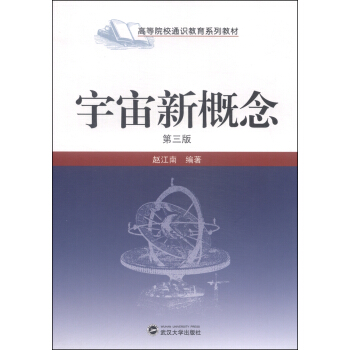![相互作用粒子系统 [Interacting Particle Systems]](https://pic.windowsfront.com/11310564/rBEhVVImhcoIAAAAAAG-uK21yC4AACy4gDIUq4AAb7Q955.jpg)

具体描述
内容简介
My intention is that this book serve as a reference work on interacting particle systems, and that it be used as the basis for an advanced graduate course on this subject. The book should be of interest not only to mathematicians, but also to workers in related areas such as mathematical physics and mathematical biology. The prerequisites for reading it are solid one-year graduate courses in analysis and probability theory, at the level of Royden (1968) and Chung (1974), respectively. Material which is usually covered in these courses will be used without comment. In addition, a familiarity with a number of other types of stochastic processes will be helpful. However, references will be given when results from specialized parts of probability theory are used. No particular knowledge of statistical mechanics or mathematical biology is assumed. While this is the first book-length treatment of the subject of interacting particle systems, a number of surveys of parts of the field have appeared in recent years. Among these are Spitzer (1974a), Holley (1974a), Sullivan (1975b), Liggett (1977b), Stroock (1978), Griffeath (1979a, 1981), and Durrett (1981). These can serve as useful comolements to the oresent work.内页插图
目录
Frequently Used NotationIntroduction
CHAPTER Ⅰ
The Construction, and Other General Results
1.Markov Processes and Their Semigroups
2.Semigroups and Their Generators
3.The Construction of Generators for Particle Systems
4.Applications of the Construction
5.The Martingale Problem
6.The Martingale Problem for Particle Systems
7.Examples
8.Notes and References
9.Open Problems
CHAPTER Ⅱ
Some Basic Tools
1.Coupling
2.Monotonicity and Positive Correlations
3.Duality
4.Relative Entropy
5.Reversibility
6.Recurrence and Transience of Reversible Markov Chains
7.Superpositions of Commuting Markov Chains
8.Perturbations of Random Walks
9.Notes and References
CHAPTER Ⅲ
Spin Systems
1.Couplings for Spin Systems
2.Attractive Spin Systems
3.Attractive Nearest-Neighbor Spin Systems on Z1
4.Duality for Spin Systems
5.Applications of Duality
6.Additive Spin Systems and the Graphical Representation
7.Notes and References
8.Open Problems
CHAPTER Ⅳ
Stochastic Ising Models
1.Gibbs States
2.Reversibility of Stochastic Ising Models
3.Phase Transition
4.L2 Theory
5.Characterization of Invariant Measures
6.Notes and References
7.Open Problems
CHAPTER Ⅴ
The Voter Model
1.Ergodic Theorems
2.Properties of the Invariant Measures
3.Clustering in One Dimension
4.The Finite System
5.Notes and References
CHAPTER Ⅵ
The Contact Process
1.The Critical Value
2.Convergence Theorems
3.Rates of Convergence
4.Higher Dimensions
5.Notes and References
6.Open Problems
CHAPTER Ⅶ
Nearest-Particle Systems
1.Reversible Finite Systems
2.General Finite Systems
3.Construction of Infinite Systems
4.Reversible Infinite Systems
5.General Infinite Systems
6.Notes and References
7.Open Problems
CHAPTER Ⅷ
The Exclusion Process
1.Ergodic Theorems for Symmetric Systems
2.Coupling and Invariant Measures for General Systems
3.Ergodic Theorems for Translation Invariant Systems
4.The Tagged Particle Process
5.Nonequilibrium Behavior
6.Notes and References
7.Open Problems
CHAPTER Ⅸ
Linear Systems with Values in [0, oo)s
1.The Construction; Coupling and Duality
2.Survival and Extinction
3.Survival via Second Moments
4.Extinction in One and Two Dimensions
5.Extinction in Higher Dimensions
6.Examples and Applications
7.Notes and References
8.Open Problems
Bibliography
Index
Postface
Errata
前言/序言
用户评价
《相互作用粒子系统》这个名字,让我想到了自然界中无数生动的例子。比如,一片森林里,树木、动物、微生物之间错综复杂的相互作用,共同构成了一个充满活力的生态系统。或者,一个城市的交通网络,车辆、行人、道路之间相互影响,形成了复杂的动态模式。我希望这本书能够提供一种通用性的框架,来分析和理解不同领域的“粒子系统”。作者是否会探讨这些系统中的“反馈机制”?即一个系统的输出又会反过来影响它的输入,从而产生稳定或不稳定的循环。我特别感兴趣的是,这些相互作用粒子系统是否会表现出某种程度的“自组织”能力?也就是说,它们能够在没有外部强制干预的情况下,自发地形成复杂的结构和模式。这本书是否会涉及一些关于网络科学的概念?比如,如何衡量粒子之间的连接强度,如何分析系统的连通性,以及如何识别系统中的关键节点?我期待这本书能够帮助我从一个更宏观、更系统的角度去看待周围的世界,理解事物之间的相互依存和动态演化。
评分读到《相互作用粒子系统》这个书名,我脑海里立刻浮现出了一幅幅动态的画面:无数微小粒子,或相互吸引,或彼此排斥,在时间和空间的长河中编织出一张巨大的、不断变化的网。这本书让我联想到一些宏观现象,比如流体力学的混沌行为,或者经济学中的市场动态。我很好奇,作者是否会将粒子系统的理论应用于这些看似不相关的领域,揭示它们背后隐藏的普适性规律。书中是否会讲解如何通过计算机模拟来研究这些粒子系统?我猜想,在现实世界中,直接观察和实验这些微观粒子的相互作用是极其困难的,因此模拟技术的重要性不言而喻。我期待书中能够详细介绍各种模拟方法,比如蒙特卡洛方法、分子动力学模拟等等,并展示它们在不同问题上的应用案例。此外,我还想了解,这些粒子系统在达到某种平衡状态时会呈现出怎样的特征?是否存在某些“临界点”,在这些点附近,系统的行为会发生巨大的变化?这本书是否会触及到统计力学的一些基本概念,比如熵、温度等等?
评分这本书的名字听起来就充满了吸引力,立刻勾起了我对那些在宇宙中相互影响、协同运作的微观粒子的好奇心。我一直对物理学的基本原理着迷,特别是那些能够解释宏观世界背后微观机制的理论。我想象着书中会详细阐述各种粒子之间的力,比如万有引力、电磁力,甚至更奇特的量子力学中的相互作用。会不会探讨这些粒子是如何在不同环境下形成复杂结构的?比如,恒星的形成,黑洞的演化,或者更微小的层面,如原子核的稳定性。我期望能够了解到如何用数学模型来描述和预测这些相互作用,以及这些模型是如何随着科学的发展而不断完善的。书中或许还会涉及一些前沿的研究方向,比如暗物质、暗能量的相互作用,或者多体问题的复杂性。我特别想知道,作者是如何将如此抽象和深奥的概念,以一种易于理解的方式呈现给读者的。我希望这本书能让我对构成我们宇宙的基石有更深入的洞察,并且能够激发我进一步探索物理学领域的热情。
评分这本书的书名《相互作用粒子系统》让我想到了那些在极端的物理条件下工作的科学家们,他们可能正在研究宇宙中最基础的构成。我会想象书中会充斥着各种复杂的数学公式和理论模型,可能涉及量子场论、弦理论,甚至更前沿的物理学分支。我期待书中能够深入探讨不同类型粒子之间的相互作用力,例如强核力、弱核力,以及它们如何决定物质的性质。这本书是否会介绍粒子物理学的标准模型?以及在标准模型之外,还有哪些尚未被发现的粒子和相互作用?我希望作者能够以一种清晰严谨的方式,逐步引导读者理解这些晦涩的理论,并可能还会涉及一些重要的实验,比如粒子对撞机的实验,它们是如何帮助我们验证这些理论的。我很好奇,书中是否会讨论粒子系统的相变,例如物质从固态到液态,再到气态的变化,是否可以用粒子相互作用的理论来解释。我期待这本书能够为我打开一扇通往粒子物理学世界的大门,让我对宇宙最深层的秘密有更进一步的了解。
评分《相互作用粒子系统》这个书名本身就带有一种深刻的哲学意味。它让我思考,当个体不再孤立存在,而是与周围的一切产生关联时,会发生什么?这让我联想到社会学中的群体动力学,或者生态学中的物种相互作用。我期待这本书能够提供一个全新的视角,去理解事物之间的联系和影响。作者是否会从信息传播的角度来分析粒子系统?比如,一个粒子的状态变化,如何通过相互作用传递给其他粒子,最终影响整个系统的演化?我希望书中能够探讨信息在粒子系统中的角色,以及它如何影响系统的稳定性和复杂性。这本书是否会涉及一些关于“涌现”的概念?就是说,个体粒子虽然简单,但它们的集体行为却可能展现出令人惊叹的复杂性和有序性。我特别好奇,作者是如何处理粒子之间的非线性相互作用的,因为非线性关系往往是产生复杂行为的关键。这本书是否会为我提供一种思考问题的全新框架,让我能够更敏锐地捕捉到事物之间微妙而深刻的联系?
相关图书
本站所有内容均为互联网搜索引擎提供的公开搜索信息,本站不存储任何数据与内容,任何内容与数据均与本站无关,如有需要请联系相关搜索引擎包括但不限于百度,google,bing,sogou 等,本站所有链接都为正版商品购买链接。
© 2025 windowsfront.com All Rights Reserved. 静流书站 版权所有

![数学·统计学系列:近代拓扑学研究 [Modern Topology Research] pdf epub mobi 电子书 下载](https://pic.windowsfront.com/11312405/rBEhWlIpfhwIAAAAAAG5qjLlMKoAAC3ZQC2ouAAAbnC550.jpg)
![磁畴 [Magnetic Domains:The Analysis of Magnetic Microstructures] pdf epub mobi 电子书 下载](https://pic.windowsfront.com/11352186/rBEhV1KCz9MIAAAAAAKQrQSCMhQAAFjMAJYbn0AApDF926.jpg)
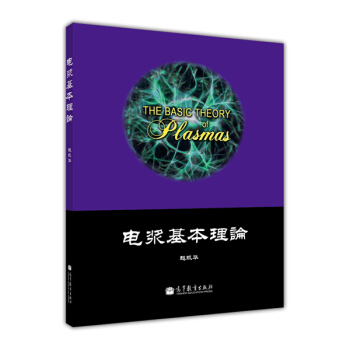

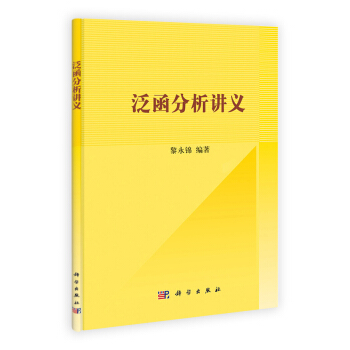
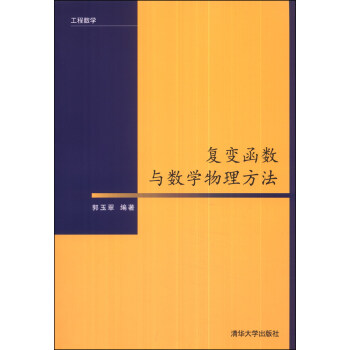
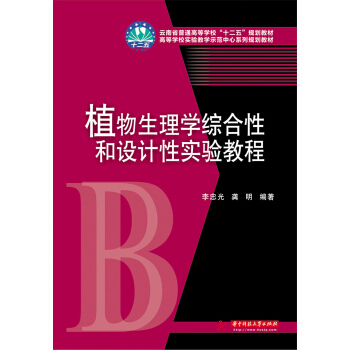
![污水生物处理的数学模型与应用 [Modeling and Application for Biological Wastewater Treatment] pdf epub mobi 电子书 下载](https://pic.windowsfront.com/11416414/rBEhWVMpUJYIAAAAAAIbWTJP-aYAAKWHAD7WEIAAhtx860.jpg)
![数学翻译丛书:Ricci 流与球定理 [Ricci Flow and the Sphere Theorem] pdf epub mobi 电子书 下载](https://pic.windowsfront.com/11419225/563c1aa0N199d1772.jpg)
![类域论(英文版) [Class Field Theory] pdf epub mobi 电子书 下载](https://pic.windowsfront.com/11419300/rBEhV1MfqukIAAAAAAJYlnSd_8IAAKAVgE_s7MAAliu575.jpg)
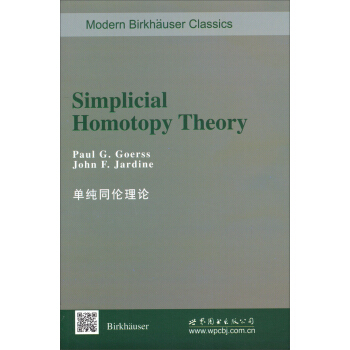
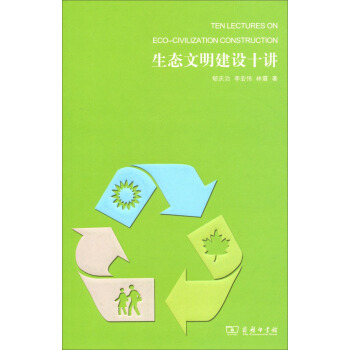
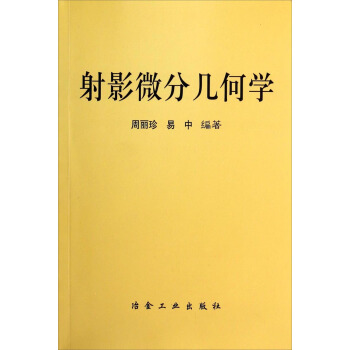
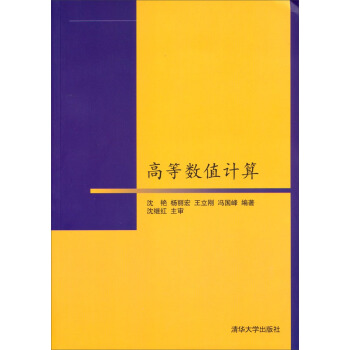
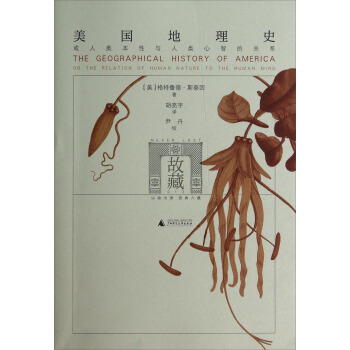
![岩石动力学基础与应用 [ROCK DYNAMICS FUNDAMENTALS AND APPLICATIONS] pdf epub mobi 电子书 下载](https://pic.windowsfront.com/11494446/5b06375aN38908c31.jpg)
